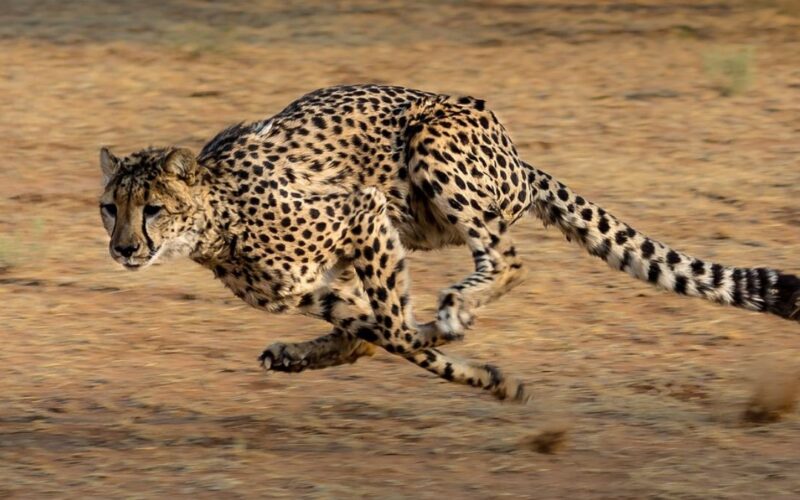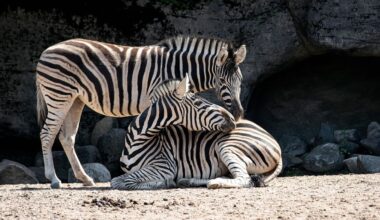The cheetah, with its sleek build, stunning spotted coat, and unparalleled speed, is a captivating creature. Often referred to as the “greyhound of the grasslands,” it reigns supreme as the fastest land animal on Earth. But beyond its lightning-fast sprints, the cheetah possesses a unique set of adaptations and behaviors that make it an intriguing member of the animal kingdom. Delve into these 10 fascinating facts to discover the wonder of the cheetah:
1: Unmatched Speed: A Blur on the Savanna
The defining characteristic of the cheetah is its incredible speed. These spotted sprinters can reach speeds of up to 70 miles per hour (112 kilometers per hour) in short bursts. This blistering pace allows them to chase down prey that would easily outrun most other predators. Their bodies are built for speed, with a flexible spine, long, powerful legs, and lightweight yet robust muscles.
2: Spots that Stand Out: A Coat of Camouflage
The cheetah’s fur is adorned with thousands of unique, solid black spots on a golden tan background. These spots aren’t just for aesthetics; they provide excellent camouflage in tall grasses, allowing them to stalk their prey undetected. Unlike leopards, whose spots are rosettes with centers, cheetahs have solid round or oval spots. This distinction can be a helpful way to differentiate between the two big cats.
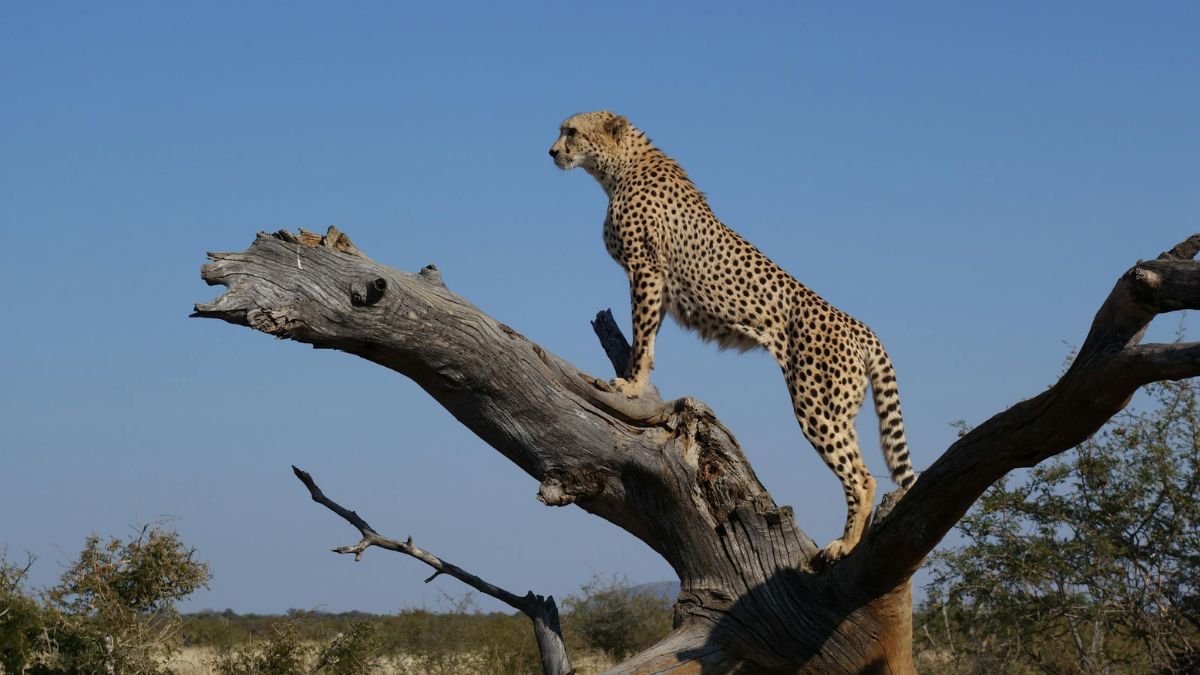
3: Built for the Chase: Adaptations for Speed
The cheetah’s body is a marvel of evolutionary adaptation, perfectly honed for swift pursuit. Their long, flexible spine allows for a greater stride length during a sprint. Powerful leg muscles propel them forward, while a semi-retractable claw design, unlike most other cats, provides superior grip during high-speed turns. Their streamlined physique, with a small head and narrow chest, minimizes wind resistance. Even their tail acts as a rudder, helping them maintain balance and control during sharp maneuvers.
4: Daylight Hunters: Capitalizing on Short Bursts
Unlike many other predators that hunt at night, cheetahs are primarily diurnal, meaning they are most active during the day. Their keen eyesight allows them to spot prey from a distance in the bright sunlight. However, their sprinting ability comes with a limitation – they cannot sustain high speeds for long distances. Their hunting strategy relies on short, explosive bursts to chase down prey, typically within a range of 300 to 500 meters. If the chase doesn’t end quickly, the cheetah risks overheating and losing its prey.
5: Eyesight Like a Hawk: Spotting Prey from Afar
A cheetah’s vision is exceptional. They possess excellent depth perception, allowing them to accurately gauge distances and judge the movements of their prey. Their large eyes positioned forward on their head provide a wide field of view, crucial for spotting prey in the vast savannas. This sharp eyesight, coupled with their impressive sprinting ability, makes them formidable hunters.
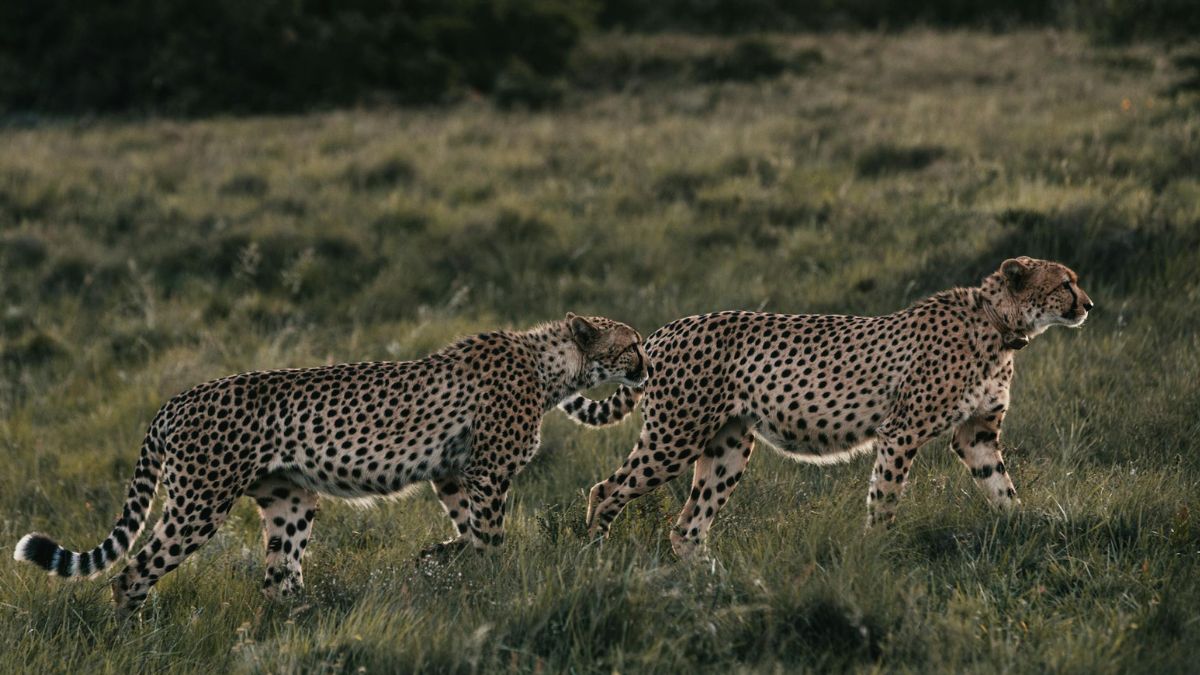
6: The Social Paradox: Solitary Except for Mothers and Cubs
Cheetahs are generally solitary animals, with the exception of mothers and their cubs. Males typically live alone and establish territories that they patrol and defend from other males. Females raise their young on their own, teaching them the essential skills for hunting and survival. Cubs stay with their mothers for up to 18 months, learning vital lessons before venturing out on their own.
7: Vulnerable to Threats: A Species in Need of Protection
Sadly, the cheetah is classified as a vulnerable species on the IUCN Red List. Habitat loss due to human encroachment, competition with other predators like lions and hyenas, and the illegal wildlife trade all pose significant threats to their survival. The cheetah’s specialized hunting style and reliance on open grasslands make them particularly susceptible to habitat loss and fragmentation.
8: Conservation Efforts: A Race Against Time
Conservation efforts are underway to protect cheetahs and their habitats. Organizations are working to establish protected areas, educate local communities about the importance of cheetahs, and implement anti-poaching measures. Breeding programs in zoos and sanctuaries aim to increase cheetah populations and reintroduce them to suitable habitats.
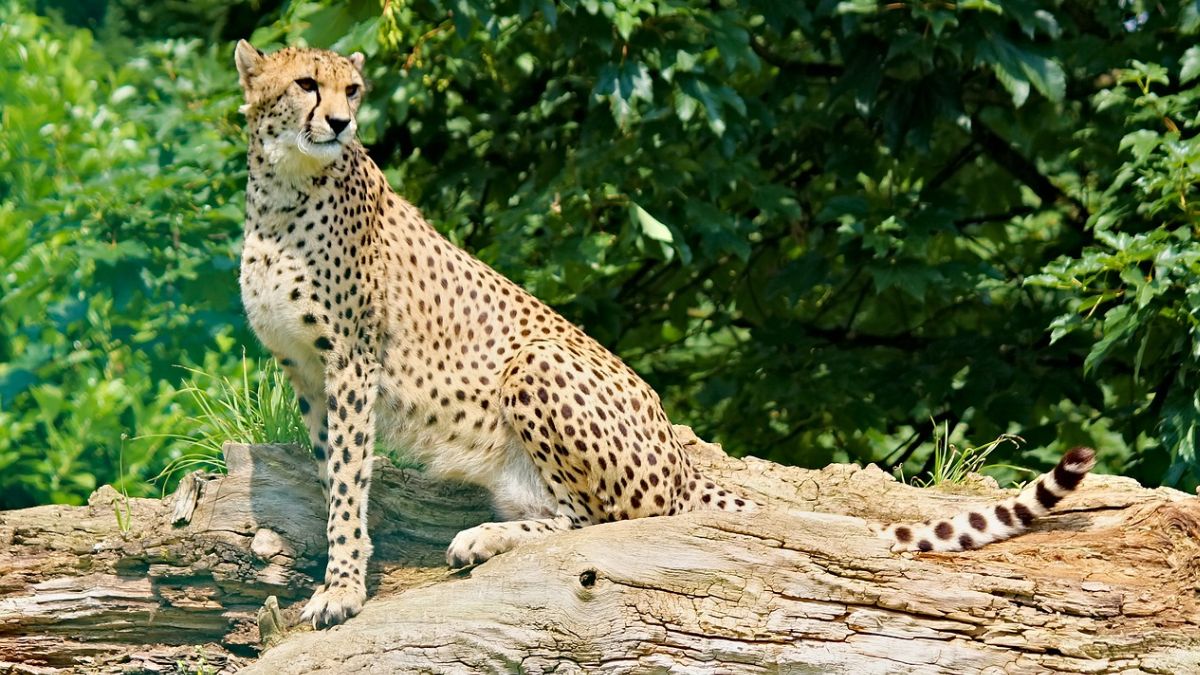
9: Beyond Speed: Vocal Communication
Cheetahs might be silent hunters, but they do use vocalizations to communicate with each other. Unlike lions that roar, cheetahs chirp, chirp-bark, and yowl. Mothers use these sounds to call to their cubs, while cheetahs might also vocalize during territorial disputes or mating encounters.
10: The King’s Cheetahs: A Historical Connection
Cheetahs, once widespread across Asia and Africa, have a surprisingly intertwined history with humans. In India, cheetahs were prized possessions of royalty, trained for hunting purposes. Mughal emperors, in particular, were known to keep cheetahs and even used them in hunts alongside other big cats. The last documented wild cheetah in India was shot in the 1940s, though there are ongoing discussions about potential reintroduction efforts.
A Race Worth Running
The cheetah, with its breathtaking speed, unique adaptations, and vulnerable status, is a captivating symbol of the animal kingdom. Understanding these fascinating facts not only allows us to appreciate this magnificent creature but also highlights the importance of conservation efforts. By supporting organizations dedicated to protecting cheetahs and their habitats, we can ensure that these spotted sprinters continue to grace the savannas for generations to come. The race for cheetah conservation is ongoing, and with continued efforts, we can ensure that these remarkable creatures don’t fade into a blur of the past.
